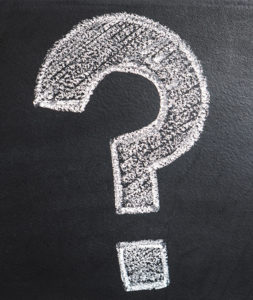3 FAQs About Slip & Fall Back Injury Claims

Slip and falls may seem fairly common and minor, but they can cause devastating back injuries. Even a perfectly healthy person can suffer a fractured vertebra, herniated disc, or even paralysis if they fall at the wrong angle. Fortunately, slip and fall victims may be entitled to compensation for any healthcare costs and other damages they incur.
If you intend to file a slip and fall back injury claim, you’ll need strong evidence to prove liability and damages. This is where a seasoned premises liability attorney may be able to help.
Besides gathering evidence, managing correspondence with the insurance company, and handling settlement negotiations, your lawyer can serve as your on-call source of legal guidance throughout the proceedings. Below, we’ve answered a few FAQs about these claims:
1. How Long Will It Take to Resolve My Case?If your back injury has kept you out of work, you’re undoubtedly hoping for a quick settlement. Unfortunately, there’s no set timeline for resolving slip and fall accident claims. Factors that may influence the total duration of the proceedings include:
- The severity of your injuries and the time it takes to reach maximum medical improvement;
- The strength of any evidence of negligence;
- The insurance adjuster’s willingness to cooperate;
- The amount of compensation you’re seeking; and
- Whether the case proceeds to court.
2. How Can I Prove the Severity of My Back Injury?To win a fair settlement or verdict, your attorney will have to prove the type of back injury you’ve suffered and its severity. Valuable evidence may include:
- Diagnostic images;
- Medical records;
- Prescription documentation;
- Statements from medical experts; and
- Your personal injury journal entries.
3. How Can I Prove Liability?In most slip and fall cases, the claimant must prove one of the following in order to prevail:
- Constructive Knowledge: The hazard that caused the slip and fall existed on the premises for a long enough time that the property owner or possessor (or one of their employees) should have known about it through the exercise of due care and taken steps to remedy the hazard or to post warnings about it; or
- Actual Knowledge: The property owner, possessor, or one of their employees had actual knowledge of the dangerous condition—for example, because it had been reported by a customer or because it was actually created by the property owner, possessor, etc.
The following evidence may be used to prove actual or constructive knowledge:
- Photographs of the hazard;
- Surveillance footage of the accident;
- Eyewitness testimony;
- The official incident report; and
- Maintenance records.

 Call Us Today
- It's Free
Call Us Today
- It's Free